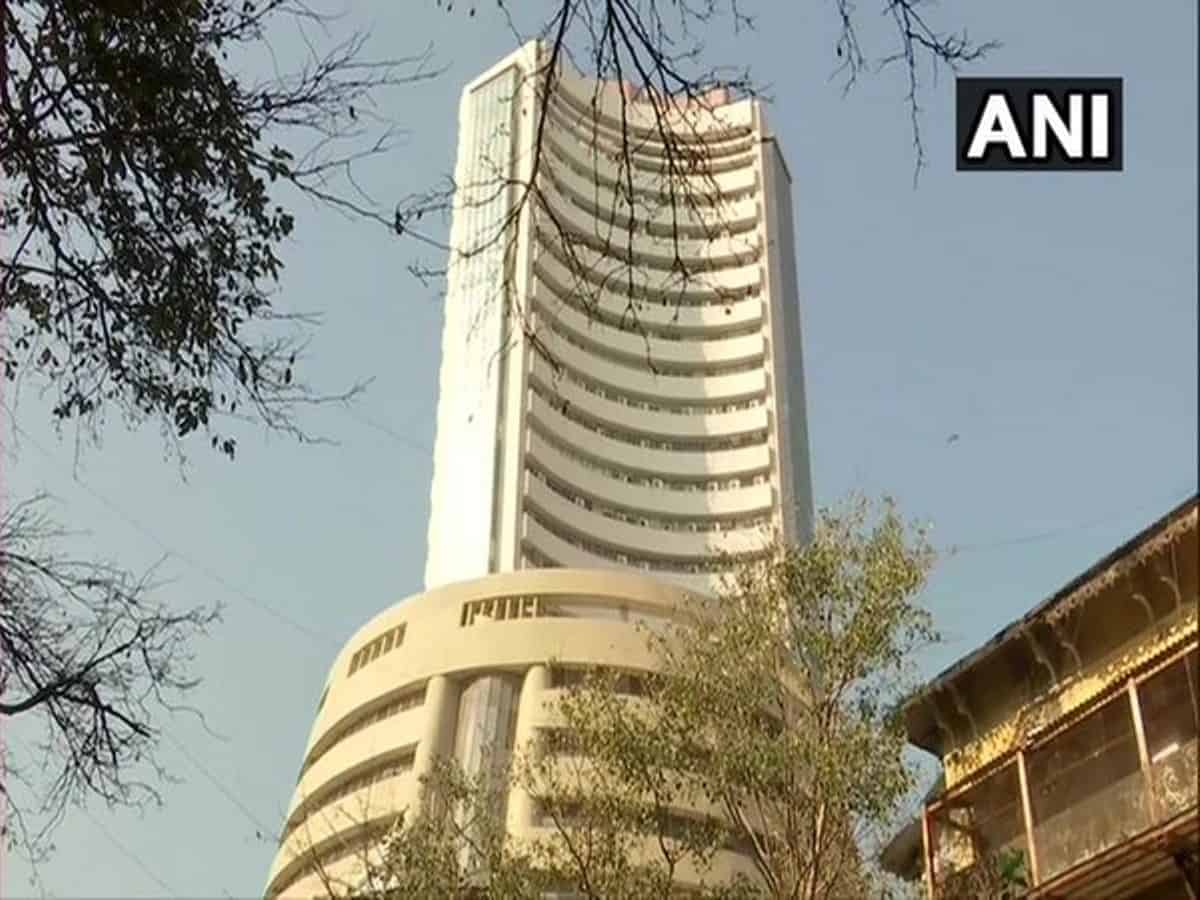Mumbai: Equity benchmark indices came under the bearish grip during the afternoon on Monday as risk sentiment worsened in global stocks due to spreading coronavirus (COVID-19) and a sharp plunge in oil prices.
Oil fell by the most since 1991 after Saudi Arabia started a price war with Russia by slashing its selling prices amid falling demand because of the virus outbreak.
At 1:15 pm, the BSE S&P Sensex was down by 2,345 points or 6.24 percent to 35,231 while the Nifty 50 plunged by 632 points or 5.75 percent at 10,357.
All sectoral indices in red
All sectoral indices at the National Stock Exchange were in the red with Nifty metal down by 6.7 percent, IT by 4.8 percent, PSU bank by 4.6 percent, and realty by 4.1 percent.
Among stocks, ONGC cracked by 13.16 percent to Rs 76.85 per share. Metal and mining major Vedanta fell by 12 percent while index heavyweight Reliance Industries dipped by 10.66 percent at Rs 1,135.50 per share.
Among the other major losers were IndusInd Bank, ICICI Bank, State Bank of India, Tata Motors, Tata Steel and GAIL.
However, Yes Bank gained by 31.58 percent to Rs 21.25 per share as State Bank of India got ready to unveil a reconstruction plan for the troubled private sector lender, which has been grappling with mounting bad loans and struggling to raise fresh capital.
Bharat Petroleum Corporation gained by 7.8 percent while IndianOil Corporation rose by 0.74 percent.
Meanwhile, global share markets tumbled as panicked investors fled to bonds to hedge the economic shock of coronavirus.
The number of people infected has topped 107,000 across the world as the outbreak reaches more countries and causes more economic pain.
At the same time, oil prices plunged almost 30 percent after Saudi Arabia slashed its official selling price with plans to raise its production significantly after the collapse of OPEC’s supply cut agreement with Russia.
Brent crude
Brent crude futures were down 12.23 dollars or 27 percent at 33.04 dollars a barrel by 0552 hrs GMT after earlier dropping to 31.02 dollars, their lowest since February 12, 2016.
Brent futures were on track for their biggest daily decline since January 17, 1991 at the start of the first Gulf War.

